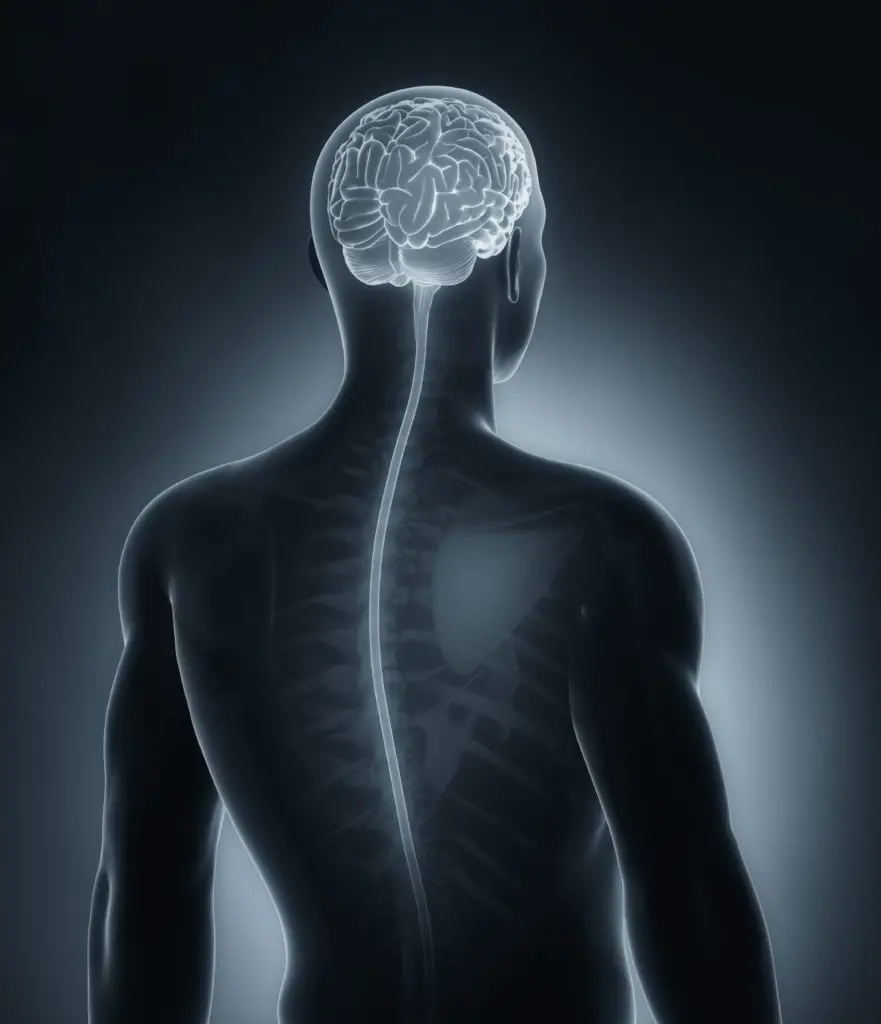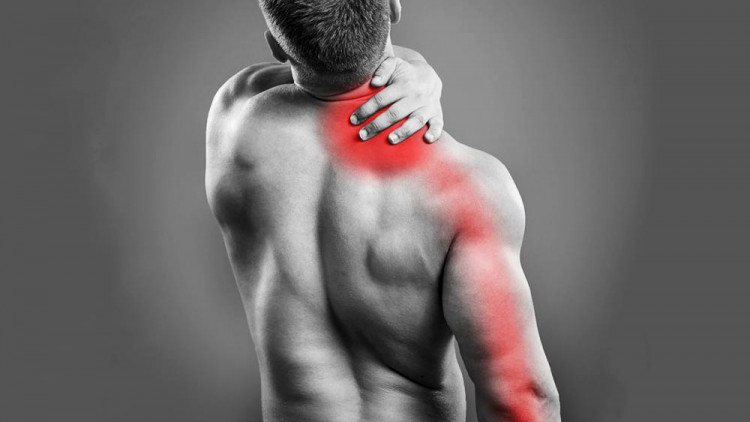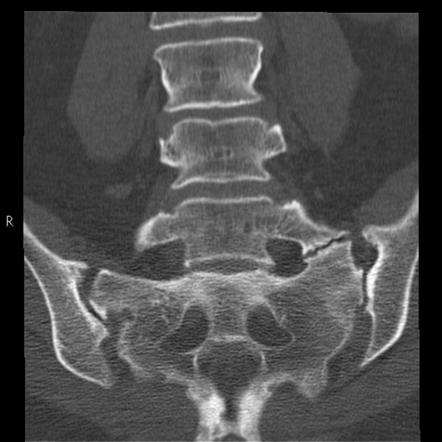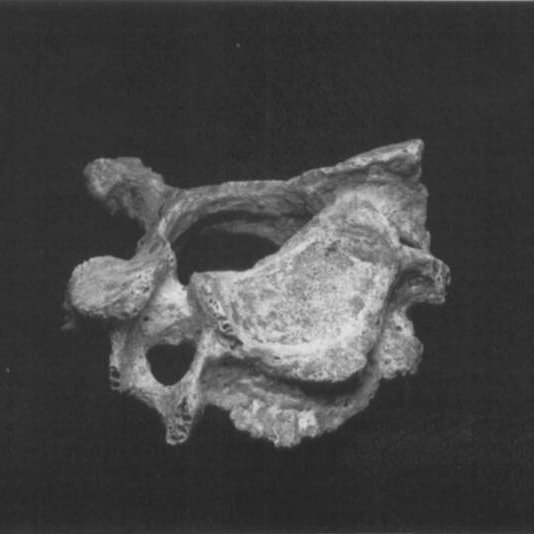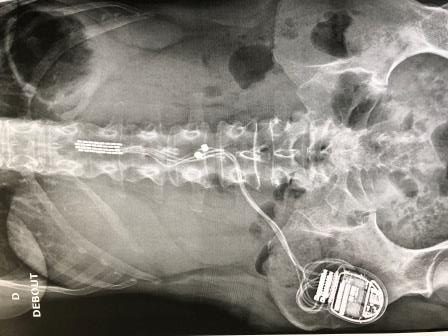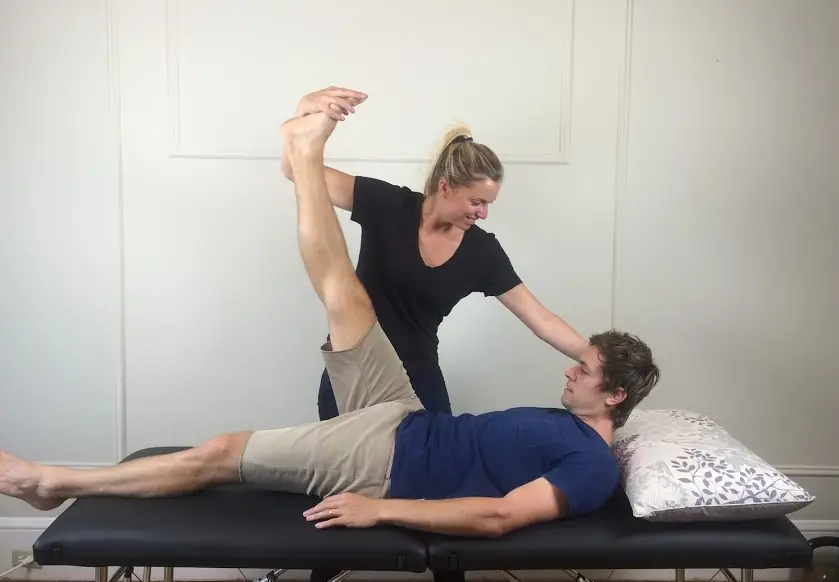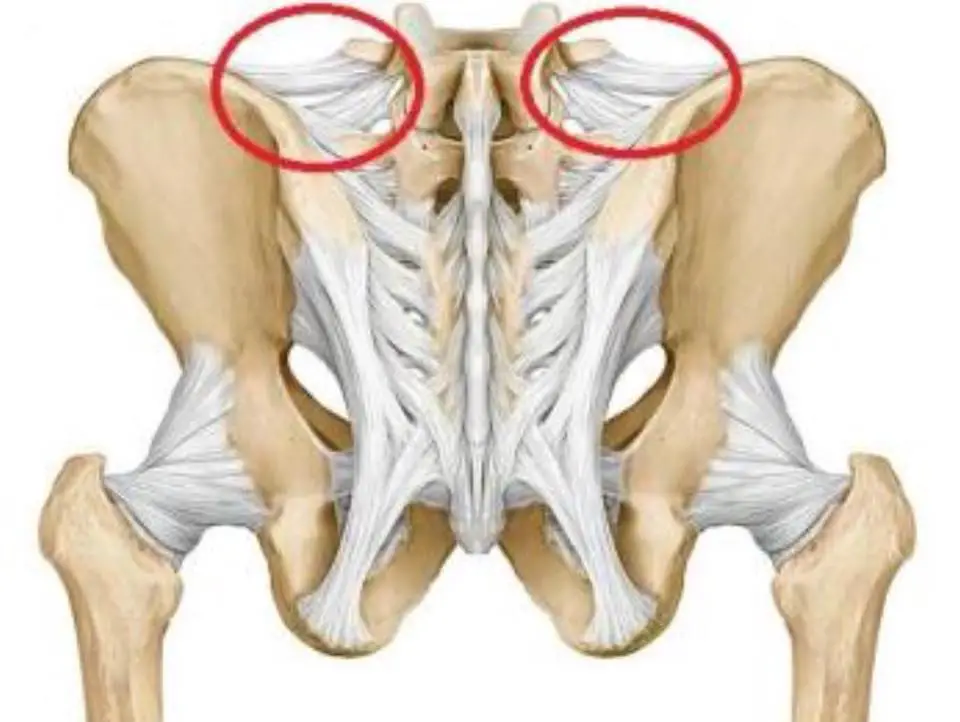Article reviewed and approved by Dr. Ibtissama Boukas, physician specializing in family medicine
Pain can have several origins: a fall, an illness, an accident... This is considered acute if it lasts less than 3 months. Beyond 3 months, we speak of Chronic Pain. To relieve it, various solutions are proposed, including takinganalgesic. With the revolution brought about by Melzack and Wall, it is possible treat pain using modulation. They have developed what we call "the gate theory ". Let's learn more in this article.
What is the Gate Theory?
For understand the gate theory, you must first understand the role of pain as well as that of nociceptors.
The function of pain and nociceptors
On the one hand, one must consider the pain like a sense just like sight, touch or hearing. Indeed, in case of aggression, whether internal or external, it alerts the body so that it reacts quickly. In other words, it informs the body whether it has suffered an impact or not. Without this alert, the body's reaction is slow and the impact may worsen.
On the other side, the nociceptors are specialized receptors that are scattered both on the surface of the skin and in the majority of organs. They are the ones who are at the origin of the painful message. More specifically, the nociceptors are responsible for transmitting nerve messages to the brain. This message allows the brain to identify the potential damage.
When you accidentally touch a hot plate, for example, your nociceptors are stimulated. They will send a message which will be conveyed by specialized nerves. The route of the latter follows along the spinal cord and ends in the brain.
It should be noted that at this stage there is no actual pain yet. It is simply the transmission of a nerve message which we can call nociception ».
The interpretation of pain sensation by the brain
Once the nervous message has been transmitted to the brain, the latter will interpret it according to the sensation, the location and the severity of the pain. It is modulated according to:
- your memories;
- your emotional state;
- your health status ;
- your previous experiences of pain.
It's at the end of this modulation process that the brain chooses whether the impact is minimal or severe. This is also when it decides whether or not to send a response. This is the case of defense, flight, tears, cries...
In the case of the example above, your brain will receive the pain signal from your nociceptors and consider it painful. But thanks to a reflex arc located at the spinal cord, you will remove your hand from the hot plate before your brain even deciphers the painful message.
The Portillon theory: modulation of pain
Pain intensity can be regulated by different mechanisms located in the nervous system. When the nervous message crosses the organism, its intensity can increase or decrease. It can even break completely thanks to the regulatory systems.
In 1965, the psychologist Ronald Melzack and the physiologist Patrick David Wall developed the "gate theory", called in English "Gate control". According to this theory, when the pain signal is transmitted, it must pass through a “gate” located at the level of the spinal cord. This door can open and close depending on the activation of different types of nerve fibers which can facilitate or block the passage of the signal.
Using the same example, you can pass cool water over your hand. This will stimulate some of your nerve fibers. They go block the transmission of the nerve message and you will then feel more peaceful. At the same time, it also passes pleasant information to your nervous system.
Thus, the painful message and the pleasant message meet at the level of the gate. Due to the constitution of neurological fibers, it is the pleasant feeling that outweighs the painful feeling. It will thus transit to the brain. It is on the understanding of this pain mechanism that the gate theory. It is possible to modulate pain with positive signals before it reaches the brain.
Some examples of the application of the Portillon theory
The development of the Gate Control has made it possible to imagine various therapies adapted and targeted to each patient. We are talking in particular about non-drug therapy referred to as " neurostimulation electric ". To relieve the pain, one can resort to two different electrical neurostimulation techniques : transcutaneous and percutaneous.
Transcutaneous electrical nerve stimulation (TENS)
La transcutaneous electrical nerve stimulation ou Transcutaneous Electrical Nerve Stimulation (TENS) in English is a technique non-invasive neurostimulation. In other words, this medical act does not require any skin penetration. This technique simply uses electrodes connected to a neurostimulator. It is a device that generates electric current.
For it to be effective, certain conditions must be met.
- The frequency must be high (around 100 Hz). It is determined according to the moment at which the patient feels a sensation of vibration.
- The intensity should be low. It starts from zero and is increased until the stimulation becomes annoying to the patient. At this time, the intensity is reduced so that the stimulation becomes more comfortable again.
- The width of the wave varies depending on the goal of the therapy. To reach deeper tissues, it is better to use a wider wave.
- The electrodes must be at the level of the painful point.
Percutaneous Electrical Nerve Stimulation (PENS)
La percutaneous electrical nerve stimulation ou Percutaneous Electrical Nerve Stimulation (PENS) in English is an invasive technique. It is based on the stimulation of one or more specific nerves by inserting electrodes under the epidermis. Minor surgery may be necessary in this type pain treatment.
Besides this, there is also another form of invasive electrical nerve stimulation combined with acupuncture. It consists of placing electrodes on acupuncture points. To ensure its effectiveness, it is necessary:
- a low frequency between 2 and 10 Hz;
- the highest possible intensity (tolerance threshold);
- a duration which takes into account the analgesic effect in each patient;
- a sufficiently wide wave;
- electrodes placed on a region far from the painful area or on the painful area itself (more effective).
Sources
https://uriic.uqat.ca/cours/module2/1.2.1.html
https://gestiondeladouleurenthrapiemanuelle.wordpress.com/tag/gate-control/

